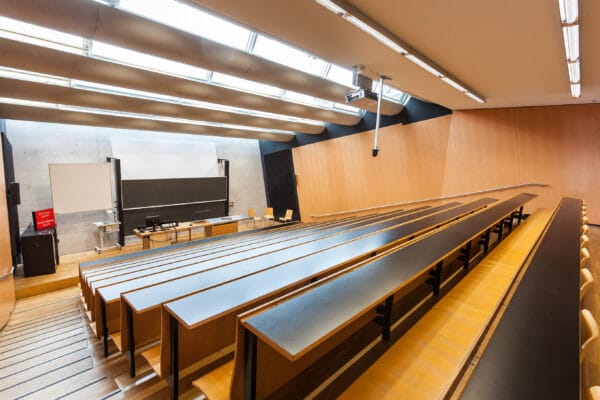
NAME:
SOWI - HS 3
BUILDING:
SOWI
FLOOR:
0
TYPE:
Lecture Hall
CAPACITY:
140
ACCESS:
Only Participants
EQUIPMENT:
Beamer, PC, WLAN (Eduroam), Overhead, Blackboard, Sound System, Microphones, Handicapped Accessible
In this paper, I examine the role of place-making practices, landscape memory, and cultural heritage on community resilience in the face of disaster and Climate Change. In 1970, a 7.9 magnitude earthquake destroyed numerous towns throughout the Callejón de Huaylas, Peru. In the search for new land and new lives, many of the displaced families began to settle on elevated archaeological sites of monumental architecture located in alluvial plains and near urban centers throughout the region. Melting glaciers and long periods of drought caused by climate change have also contributed to the active and dynamic landscape of the Callejón de Huaylas, fraught with huaycos (landslides), earthquakes, and glacial lake outburst floods (GLOFS). Through multiple periods of reoccupation, reconstruction, and reuse, monumental sites in the Andean highlands persisted since the third millennium BCE and have become a part of multi-temporal landscapes that past and present communities have created through social relationships, recursive activities, material projects, and storytelling practices. These processes of place-making at archaeological sites, however, do not occur in a vacuum, but have been shaped by their surrounding environments through Climate Change, seismic activity, and human landscape changes. Further, they are a testament to the complex and dynamic nature of human and environmental relationships over time.
The relationship between the builders and occupants of the archaeological site of Chupacoto and the Huaylas River Basin in the highland town of Huaylas, is one of these places that have been occupied, shaped, and transformed over the longue durée by past and present landscape changes, ceremonial practices, and human impact. In the following paper, I weave together local Central Andean perspectives of landscape and place, paleoclimate data, results from archaeological investigations, and local narratives of community relationships with Chupacoto and their broader landscape. As a result, I aim to highlight how collaborative archaeological work that combines western and indigenous knowledge can reveal new insights on the role of heritage places and memory on human resilience and response to disaster and climate change.
